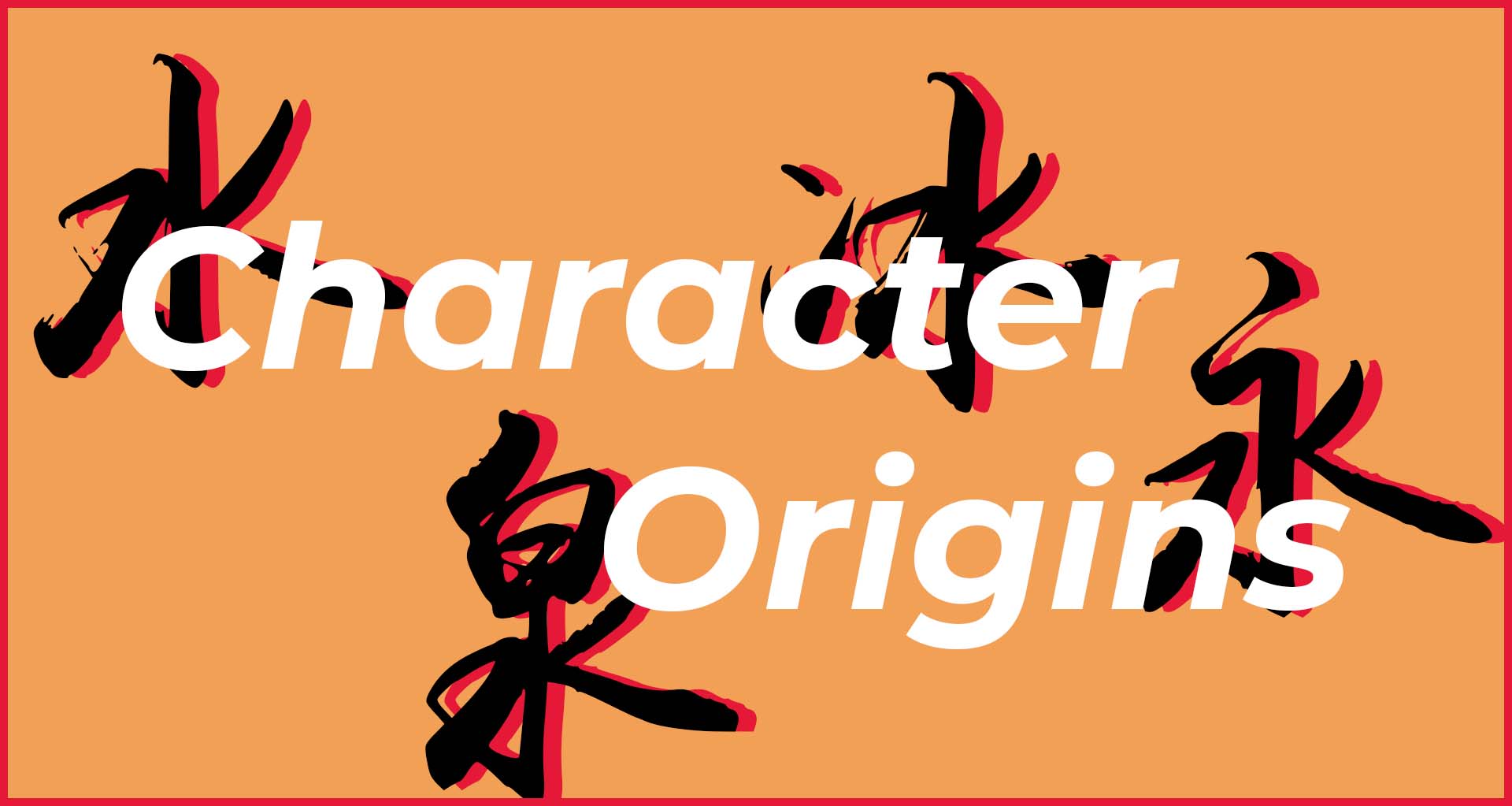Topic-Oriented Method: The Most Efficient Way to Learn Hundreds of Chinese Characters
The Chinese language has a reputation for its complex grammar and difficult writing system, not to mention its deep culture background. Only a few brave souls go and attempt to take on the challenge that is learning Mandarin. Fortunately, Pinyin, which is used to help with pronunciation, uses the English alphabet system. After knowing the basic rules of the grammar, people may find that it’s not too hard to master, and there are even many similarities between Chinese grammar and other languages. So far so good, right? Sadly, many of them are scared away by the square characters, so, countless learners come to me and say: “No Characters Please!”
Well, you can learn Chinese without learning characters. You can also have basic daily conversation with others, such as simple greetings and direct information exchange, generally that’s it. Plus, you have to learn all that by pure memorization. It’s impossible to go to next level without knowledge of Chinese characters, which is a primary and fundamental tool. You may wonder then, how can we learn these characters in a quick and easy way?
We have introduced many different approaches about Chinese character learning. There are also thousands of articles, books, and video lessons illustrating the basic of characters, such as How to Write Chinese Characters Course. Regardless if you want to learn seriously or to have a basic understanding, you need a perfect beginning to learn the WHAT, WHY and HOW behind the Chinese writing system. It’s necessary to have a comprehensive guide that may show you that writing in Chinese can be quite easy and reasonable. The fundamental strokes and rules can easily show you the logic behind character construction.
The strokes and simple pictogram characters are most frequently mentioned in courses, such as “人” “大” “天” “日” “月” “水” “火”, etc. Very familiar and easy to understand, right? Many people find that courses generally don’t give an in-depth explanation to characters or go beyond teaching basic characters. The problem is trying to figure out what’s next. Besides the strokes and theoretical creation methods, how can we really learn and memorize the other Chinese characters? Only a few simple and easy to memorize characters are covered, how about the rest of the more complicated ones? No one prepares learners to learn and memorize the thousands of other characters.
How It Works
To help the learners who would like to learn more, the Topic-oriented Character learning method comes into play. If you have basic knowledge of characters, you can find that Chinese characters were created in categories. In ancient China, it was a systematic way to create characters. If we could memorize the characters with the same thoughts and logic, not only can we understand the WHY’s behind the culture, but also master all the characters in a more efficient way.
The course consists of 10 main common, daily topics, including: Numbers (数字), People(人), Position(地点),Nature(自然),Weather(天气),Description with Adjectives(形容词),Location(地点),Body(身体),Furniture & Home appliance(家具&家电)and Food(食物). Each of the topic contains related and commonly used characters.
Structure
Topic Oriented Key Characters
Under each topic, there are several key characters that are most commonly used. With the key characters, the most frequently used words and sentences are also presented. For individual characters, there is not only a simple translation, but also the origins of the character and the how/why it formed to its current form.
Components to Words
After the first section, there are two or three components derived from the key characters. These extended characters are made by the components. The corresponding words and sentences are also made and presented.
Practice & Review
To help the learners better understand, memorize, and use the characters, a practice & review section follows each lesson. Using content you have learned in previous and current lessons, you can practice creating new sentences and holding conversations. Even though the course is about character learning, the corresponding grammar and uses are provided.
Writing
While learning Chinese characters, writing is necessary and unavoidable. Som may say they just need to read or type, that writing is not that important. As a matter of fact, writing can help you memorize and recognize the characters much easier. We acknowledge the importance of writing, so we decided to include that in our video lessons. The characters are clustered section by section. The instructor will show you the whole writing process by hand, stroke by stroke. With the proper speed, you can easily follow and imitate the writing.
Verdict
Learning to write characters is also a great way to learn Chinese language. From characters to words, from words to topic, and from topics to conversation, it’s all connected. If you understand the logic behind Chinese characters, the following process could not be easier. This topic-oriented Chinese character method provides you the route to learning.
This course contains about 240 Chinese characters and corresponding words, which ranges from HSK level 1 to level 3. It’s an ideal course for beginner to intermediate level learners.
Just learning by watching is not enough for sure. As a writing character course, there are also downloadable, stroke by stroke, writing sheets of each topic. All the key and extended characters are listed there for the learners to write and review. In addition, there is also a test in each lesson which helps the learners check if they have mastered and memorized the characters properly.As a character learning course, it fills the gap between beginner to intermediate level, especially after the fundamental stage, with quite a systematic and logic thought. Learners can easily access the course and begin their journey to Chinese character mastery.





This Post Has 0 Comments